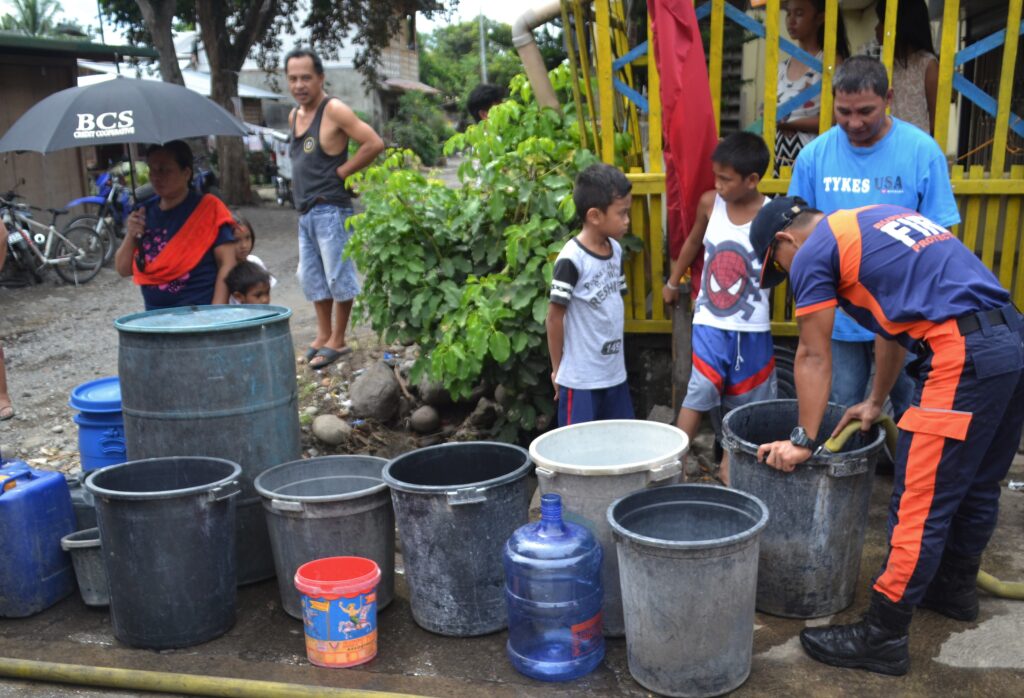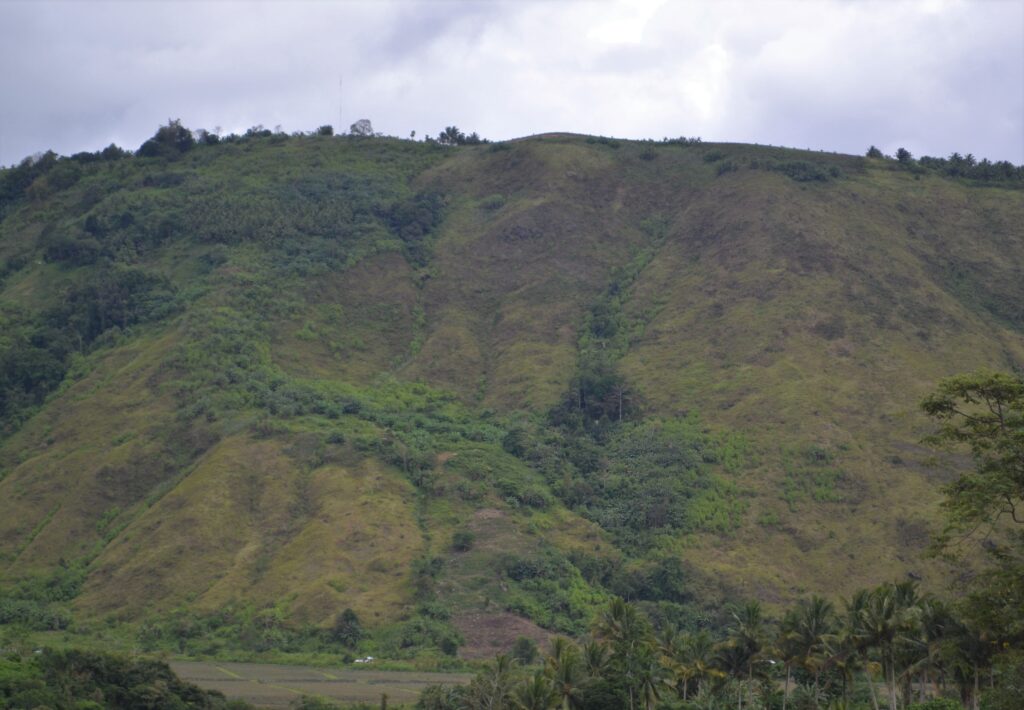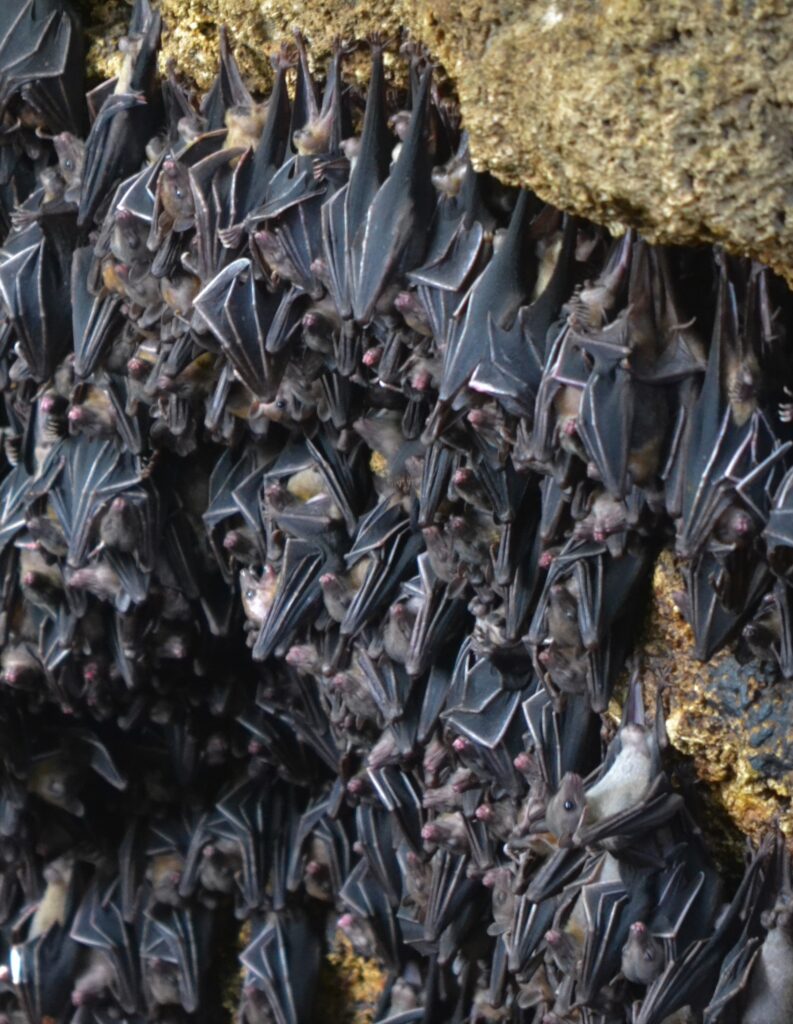Text and Photos by Henrylito D. Tacio
So many things have been written about the environment. But still, people are still wondering what the environment really is. The dictionary defines it as “the surroundings or conditions in which a person, animal, or plant lives or operates.”
Environment also refers to “the natural world, as a whole or in a particular geographical area, especially as affected by human activity.” It may also mean “milieu, ambiance, setting, surroundings all refer to what makes up the atmosphere or background against which someone or something is seen.”
“How can we be so arrogant?” asked Paulo Coelho in his novel, The Winner Stands Alone. “The planet is, was, and always will be stronger than us. We can’t destroy it; if we overstep the mark, the planet will simply erase us from its surface and carry on existing. Why don’t they start talking about not letting the planet destroy us?”
Now, here are some of the most significant environmental stories I have written in the past year:
Let’s start with our forests. “By destroying forests, we are harming biodiversity and our lives. Forests provide fresh water, clean the air we breathe, inspire spiritual value, and provide us with food,” said British broadcaster, natural historian, and author Sir David Attenborough.
But Filipinos continue to denude its forests. To think, more than 90 years ago, the country was almost totally covered with forest resources distributed throughout its 30 million hectares. Now, the Philippines ranks fourth in the world’s top 10 most threatened forest hotspots.
Denudation should be stopped. This must be the reason why when the Department of Environment and Natural Resources (DENR) issued a Private Land Timber Permit, some environmental groups protested. They didn’t want the 121 native trees growing in Mounts Macabol-Alikoson Conservation Area (MMACA) to be cut.
For one, there’s the issue of watersheds. Father Pedro Walpole of the Environment Science for Social Change, Inc., said that in a watershed, there is the interrelation of many resources. “There are (also) ecological services that a watershed provides such as the delivery of water as part of the water cycle, stable land-water dynamics, nutrient cycles, and a diversity of life forms,” he explained.
As such, “watershed management is not just a matter of managing water but of managing the land that delivers the water and coordinating the people in that management,” Fr. Walpole urged.

Water crisis is real 
Denudation
No wonder the problem of the water crisis is at hand. “Water is the most precious asset on Earth,” points out Dr. Sandra Postel, director of the Massachusetts-based Global Water Policy Project. “It is the basis of life.”
“As water is an absolutely vital resource, at the center of life itself, it is a key integrating factor in the environment. Without sustainable water management to ensure that there are sufficient supplies of clean, safe water, the health of ecosystems and those who depend on them, especially people, suffer,” said Dr. Klaus Toepfer during his term as executive director of the Nairobi-based United Nations Environment Program.
Perhaps it is for this reason why the Department of Science and Technology pays attention to the problem. “Water can be easily thought of as an abundant resource; however, according to the World Wildlife Organization, only 3% of countries’ water is freshwater that is suited for human use and consumption,” said Dr. Rowena Cristina L. Guevara, who is the undersecretary for research and development.
According to the DOST undersecretary, it is imperative to maximize the use of water and consider its accessibility for everyone. In the Philippines, Filipinos used only 6% of the available water, almost 4.5 times lower in terms of utilization compared to other countries like Chinese-Taipei and Japan. Recognizing this urgent need, the science department initiated some programs and projects related to water resources management.
For another, the MMACA, the area is a reported nesting site of the endangered Philippine eagle. A pair of the Philippine eagles needs at least 7,000 to 13,000 hectares of forest as nesting territory, according to the UN Food and Agriculture Organization (FAO).
Philippine eagles and other endemic flora and fauna are the country’s natural heritage. In “Saving the country’s natural heritage,” three of the country’s endemic animals were spotted at the Mount Hamiguitan Range Wildlife Sanctuary in Davao Oriental.
Personnel of the Department of Environment and Natural Resources discovered the following: Philippine warty pigs (Sus philippensis), Philippine deer (Cevus mariannus), and Philippine macaques (Macaca fascicularis philippensis).
Marine turtles are also endangered. And they are worth more when alive than dead. Such was the finding of a study conducted by the DENR under the Asian Development Bank/Global Environment Facility (ADB/GEF) project on Combating Environmental Organized Crime in the Philippines.

Fruit bats 
Philippine eagle
If only a marine turtle is allowed to live up to 57 years, an estimated whooping P4.80 million can be derived from the endangered species, said the Biodiversity Management Bureau (BMB), a DENR line agency which conducted the study.
Giant clams are also endangered species. To raise awareness, the people of barangay Adecor in Kaputian District in the Island Garden City of Samal are promoting the Giant Clam Sanctuary through its Taklobo Tours.
Almost 3,000 giant clams of four species are spreading all over the 14-hectare sea. The most notable of these species is the biggest among the giant clams, the Tridacna gigas. Other species found in the area are T. deresa (smooth giant clam), T. squamosa (fluted giant clam), and T. hippopus (strawberry clam or bear claw clam).
Samal is also known for its bats, as it is home to millions of them. “Bats should not be feared, instead they must be protected,” October 28). The colony of bats can be found in a 23-hectare protected area on a property owned by Norma Monfort in barangay Tambo, Babak District.
When it was first discovered, about 1.8 million bats reside in the five caves – to a density of 645 bats per square meter. The huge number made it to the Guinness Book of World Records in 2010 as the biggest colony of Geoffrey’s Rousette Fruit Bat in the world.
Sharks are not spared from being threatened. Sharks, however, are unfairly viewed as dangerous to human beings. What most people don’t know is that sharks play a functional and important role in the marine ecosystem.
“Their presence is an indicator of a healthy ocean with abundance of prey, including fisheries,” said Dr. Theresa Mundita S. Lim, executive director of the ASEAN Centre for Biodiversity (ACB), in an exclusive interview. “Without them, there will be no early warning signs of impending impacts that could ultimately affect human survival.”
What’s the future for us in the coming year? No one knows yet!

